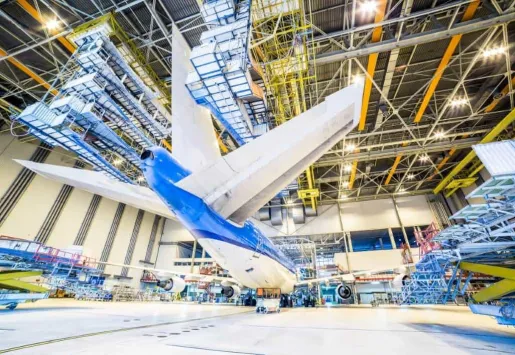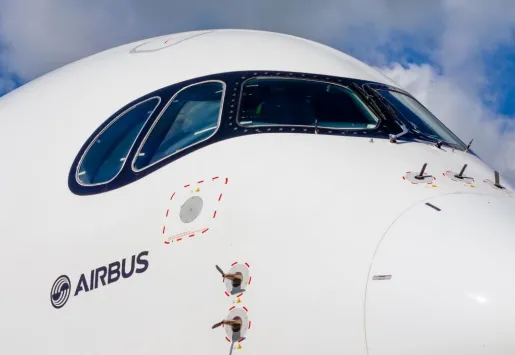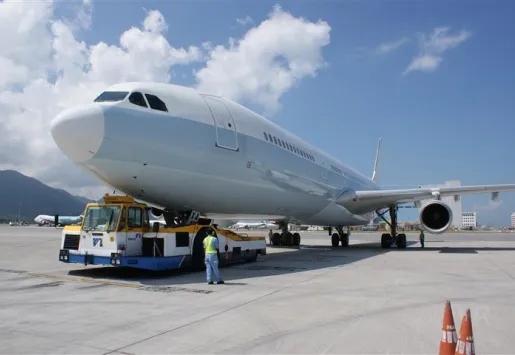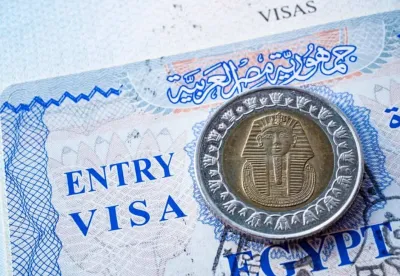
Flying today still means a comfy, safe, and efficient ride, yet one quirky detail has shifted with time—speed. Back in the 1970s, flying on a Boeing 747 might have gotten you to your destination quicker than today’s modern long-haul jets in, say, 2025. So, what’s going on here? Is it about new technology, changes in how airlines operate, or just plain economics?
Some experts point out that it’s not only about what technology can do; money matters and environmental concerns play a big part too.
High-speed planes have trickier designs. The Concorde is a good example. Zipping along at twice the speed of sound meant its nose would heat way past 120°C—so much so that the entire fuselage could expand almost 18 centimeters. Managing such rapid expansion was a real engineering headache.
Fly Slower, Travel More Efficiently
Consider the new Airbus model. It could theoretically hit about 90 percent of the speed of sound, yet in practice it flies a lot more leisurely. The reason? A mix of economic sense and eco-friendly goals. Depending on wind, air pressure, and temperature, easing off the throttle saves a ton of fuel—a win for both airlines and the planet.
Fuel bills top the charts for airlines and are also a significant source of CO₂ emissions. With tight cost margins and growing environmental pressures, cruising at a lower speed is becoming the norm. Running engines at a gentler pace not only cuts fuel use but also lightens the load on maintenance and even quiets the noise a bit.
At the same time, the industry is gradually introducing newer engines that fine-tune every bit of fuel usage. Thanks to advanced tech, each engine component runs at a carefully set pace, allowing airlines to trim fuel spending without needing to slow down any further. So, it’s unlikely we’ll see a dramatic drop in cruising speeds in the long haul.
The Future of Fast Jets
What about a return to supersonic travel? Despite the focus on efficiency, some companies are reworking the idea of fast jets. Take Boom Supersonic’s “Overture” for instance—it’s generating buzz, though many insiders believe it will end up as a niche, high-end option. Plus, there are questions about whether it can clear all the environmental hurdles, not to mention the extra puzzle it creates for air traffic control when sharing skies with routine commercial flights.
And then there’s the whole travel-to-and-from-the-airport ordeal. For many shorter flights, getting to the airport, checking in luggage, passing through security, and trekking to your gate often takes longer than any time you’d save by shaving off a few minutes in the air. There’s a lot of room to improve that part of the journey.
At the end of the day, once you’re in the air, there isn’t much you can do about how long your flight takes. It's best just to settle in and relax. Those extra minutes might be a bonus—a chance to feel secure, enjoy the care of the cabin crew, and take a genuine break from the constant ping of emails and calls.













